A San Mateo County Civil Grand Jury has put out a report on Monday, June 12, saying that affluent towns like Woodside, Atherton, Portola Valley and Hillsborough are using backyard accessory dwelling units (ADUs) in their state housing plans to avoid building multifamily low-income housing.
Among the report's recommendations is that the county and each city (21 in total) should immediately stop using ADUs to meet their state-mandated very low-, low-, and moderate-income housing targets until they have also proposed an effective monitoring system that verifies how newly developed ADUs will be used.
This problem is most acute in Atherton, Hillsborough, Portola Valley and Woodside, where some residents are "up in arms" over the state-mandated housing requirements, and the city governments, trying to appease them, are proposing counting on ADUs to meet as much as 80% of their affordable housing targets, according to the report. ADUs are small homes or apartments that share the single-family lot of a larger primary residence.
Every eight years, every state municipality is assigned its Regional Housing Needs Allocation (RHNA) goals. Local towns' housing goals over the next eight years have increased substantially since the last cycle, and there are penalties for failing to craft a plan called a housing element that demonstrates to state officials how those units can be developed.
"The city governments, trying to appease their angry citizens, are leveraging changes over the years to California's 1969 housing element law that most recently allow communities to count ADUs as affordable housing in their Regional Housing Needs Allocation (RHNA) plans," according to a county press release. "However, the state has neglected to propose any form of regulation to ensure low-income tenants ultimately use the ADUs as planned by these cities. And because owners often rent their ADUs to family and friends, they can exacerbate patterns of segregation and exclusion, according to the Association of Bay Area Governments (ABAG). Also, ADUs don't generally serve large families."
California needs to build 2.5 million homes by 2030 to meet current housing demands, according to the California Department of Housing and Community Development (HCD). But the state averages only about 125,000 new homes annually — a shortfall of nearly two-thirds, according to the 19-member Grand Jury, which convened on July 1, 2022.
To date, just two San Mateo County cities' housing elements have been approved by the state. Plans were due on Jan. 31.
"ADUs are not a panacea, but they're a good tool in the toolbox," said a planning consultant working for a city in San Mateo County. "Most land on the Peninsula is single-family homes. ADUs are opening land that was not open before. But higher density housing near transit is better."
In the report, a city manager added: "I think they (ADUs) are a piece of the solution, but not all of it. I think ADUs are an important way to provide opportunities for other things -- where people want multigenerational living onsite, for caretakers, or other folks -- they can reside in an ADU even if they're not paying rent."
Assembly Bill 72 gives HCD the ability to enforce local government's land use, planning, and zoning requirements. In the current RHNA cycle, HCD asks that San Mateo County jurisdictions monitor and verify ADU affordability every two years. However, HCD has not specified how to prove the ADUs are rented to very low-, low- or moderate-income households.
The most surprising finding to Grand Jury Foreman Steve Drace is that HCD is allowing cities to use ADUs to satisfy low-income housing, yet there is no system in place to monitor if low-income residents are inhabiting those units.
"We think that's a little sketchy," Drace said. "It's within the letter of the law, but it's violating the spirit (of the law)."
The low-income ADU "only exists on paper, that's the issue," said civil grand juror Greg Spector.
The Grand Jury conducted a digital survey of representatives from all 21 municipalities, according to Spector. It also interviewed 20 city officials and consultants over Zoom, he said.
How cities are supposed to determine their ADU estimates
In its technical memo "Using ADUs to Satisfy RHNA," ABAG advises members that the estimate should be based on the average number of ADU building permits issued each year, multiplied by eight, because there are eight years in a housing element cycle.
Using data from a 2020 statewide survey of homeowners who had constructed ADUs in 2018 or 2019, ABAG concluded that the assumption that the ADU breakdown in a city is 30% very low-income, 30% low-income, 30% moderate-income and 10% above-moderate income. Most county cities and towns adopted this formula instead of conducting their own affordability analysis, according to the Grand Jury.
However, a 2021 report prepared by ABAG's Housing Technical Assistance Team said that although ADUs are often affordable, jurisdictions should be cautious about relying on them too heavily because of fair housing concerns:
"Many ADUs are affordable to lower and moderate-income households because they are rented to family and friends of the homeowners," the report states. "If minorities are underrepresented among homeowners, the families and potentially friends of the homeowners will be primarily white. Therefore, relying too heavily on ADUs could inadvertently exacerbate patterns of segregation and exclusion." The report also acknowledges that ADUs often do not serve large families, another critical fair housing concern.
And while ADUs accomplish an essential fair housing goal by adding new homes in parts of the municipality that are more likely to be areas of opportunity, the report recommends that jurisdictions with fair housing concerns "may want to use more conservative assumptions based on open market rentals, excluding units made available to family and friends," which it summarizes as: 5% very low-income, 30% low-income, 50% moderate-income and 15% above moderate-income.
Only two cities — San Carlos and San Mateo — use ABAG's more conservative formula of 5-30-50-15 in their plans. One city — Belmont, used its own judgment. Colma does not use ADUs in its housing element.
Why it matters
The Grand Jury notes that the cities and towns relying primarily on ADUs to meet their RHNA housing targets do not meet the overall objectives required by RHNA of:
● Increasing the housing supply and mix of housing types, tenure, and affordability
● Promoting infill development and socioeconomic equity, protecting environmental and agricultural resources, and encouraging efficient development patterns
● Promoting an improved intraregional relationship between jobs and housing
● Balancing disproportionate household income distributions
● Affirmatively furthering fair housing.
While HCD does not single out those four towns for their heavy reliance on ADUs to meet their affordable housing needs, HCD has consistently instructed San Mateo County cities and towns that they must monitor and verify ADU production and affordability at least every two years, according to the Grand Jury. It has not specified an acceptable process for verifying the affordability level of ADUs as planned, the report states
There are a handful of independent nonprofit agencies and for-profit real estate management companies in the Bay Area that have established systems for monitoring and verifying rented housing for continued affordability, while maintaining tenant and owner privacy, according to the Grand Jury. City managers and other officials continuously raised this issue during Grand Jury interviews.
There have been a slew of laws in recent years that aim to bolster the construction of ADUs in the state.
Recommendations
The Grand Jury recommends that by Feb. 1, 2024, the 21 municipalities, adopt and implement a verification system capable of monitoring and verifying how newly developed ADUs are being used.
It also recommends, that by the same date, the jurisdictions should develop and adopt incentives for ADU owners which could be offered in exchange for deed restrictions that would include requirements for ADU tenants to participate in independent monitoring. It should also track the intended use of ADUs — rented or non-rented — during the permitting process and offer incentives in exchange for deed restrictions that require ADUs to be used as rentals.
By April 1, 2024, the Grand Jury would like the municipalities develop and adopt a new ADU affordability distribution formula specific to each jurisdiction to the extent they are used to meet very low-, low-, and moderate-income housing requirements in their RHNA housing elements.
Town responses to report
Atherton Mayor Bill Widmer said the Grand Jury made some good points, but pointed out that it is incumbent upon jurisdictions like Atherton to ensure that its ADU program meets the expectations of the state's RHNA mandate for the town through effective monitoring. Widmer disagrees with the Grand Jury's assessment that use of an ADU by a family-member or caretaker is a "paper only" use.
"To ensure we do our part, the town is conducting extensive outreach in the community to identify current ADUs being rented or used by family-members or caretakers," he said in an email. "This is just the beginning of a fully expanded monitoring and development program. Also the town is partnering with HIP Housing as well as Stanford (University) and Menlo College to help find housing for those in need."
"Without having these ADUs, family members, students or caretakers would need to find housing elsewhere, thereby taking away another housing location that others may need from others the already beleaguered commute and affordability issues," he said. "ADUs allow for step-down housing for seniors in Atherton and allow them to either stay in their home or at the very least, in their community. That's important and something I believe the state supports as well."
The Woodside Town Council will hear and approve the response to the Grand Jury at the Town Council meeting July 25, said Mayor Chris Shaw in an email.
Portola Valley Mayor Jeff Aalfs said that the report is disappointing in its dismissal of the town's thoughtful process and has a poor presentation of the actual data.
"We incorporated ADUs into our new draft housing element judiciously, building on our past history of ADU construction, and with guidance from the California Department of Housing and Community Development," he said in a statement. "In addition to planning for ADUs, we also did the hard work of planning for multifamily housing to meet our state-imposed housing requirements while preserving local decision-making, optimizing safety, and honoring our historic commitment to the town's rural character and sensible development."
Elected officials are required to respond to a report's findings and recommendations within 60 days, and governing bodies must respond within 90 days.
Read the full report at sanmateocourt.org/documents/grand_jury/2022/2022adu.pdf.
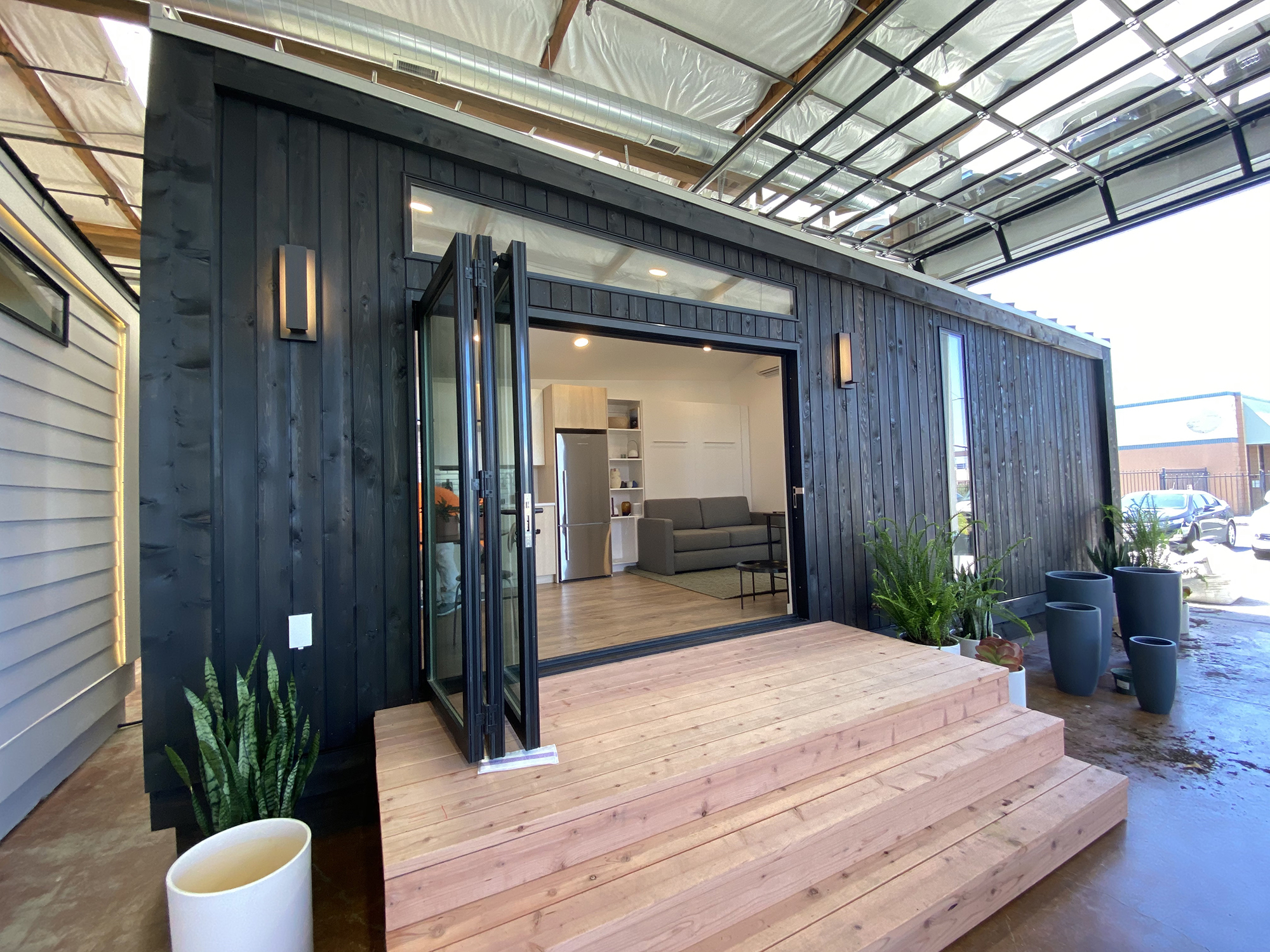
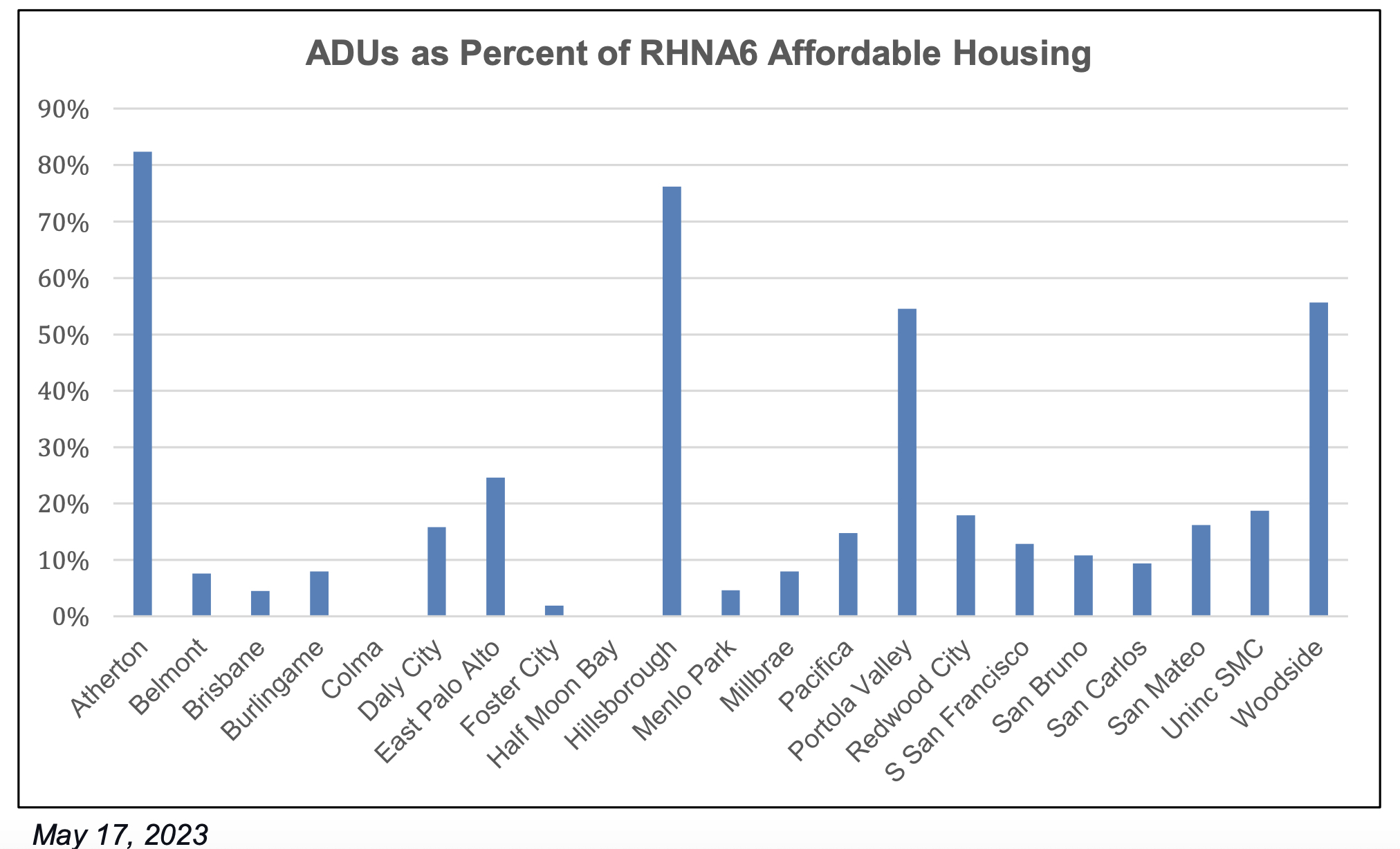


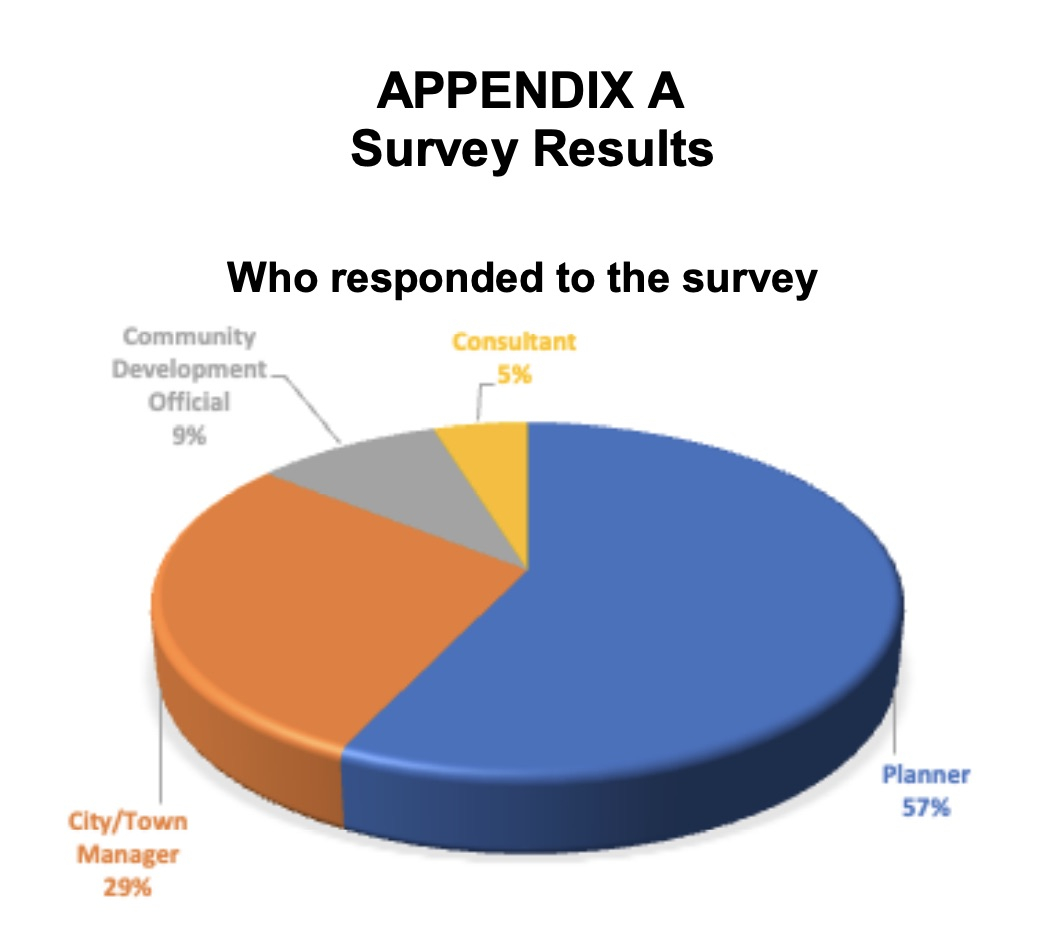
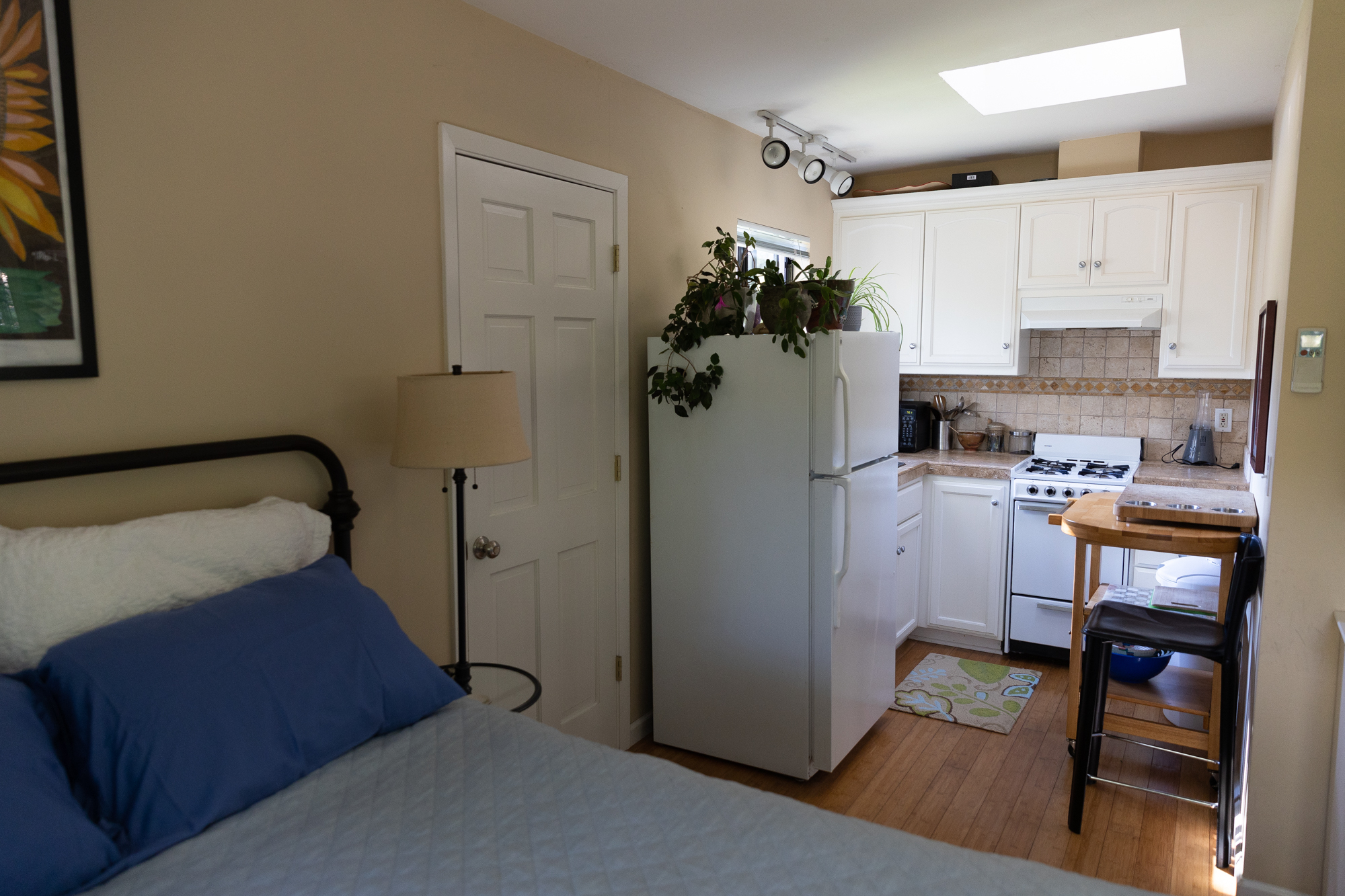
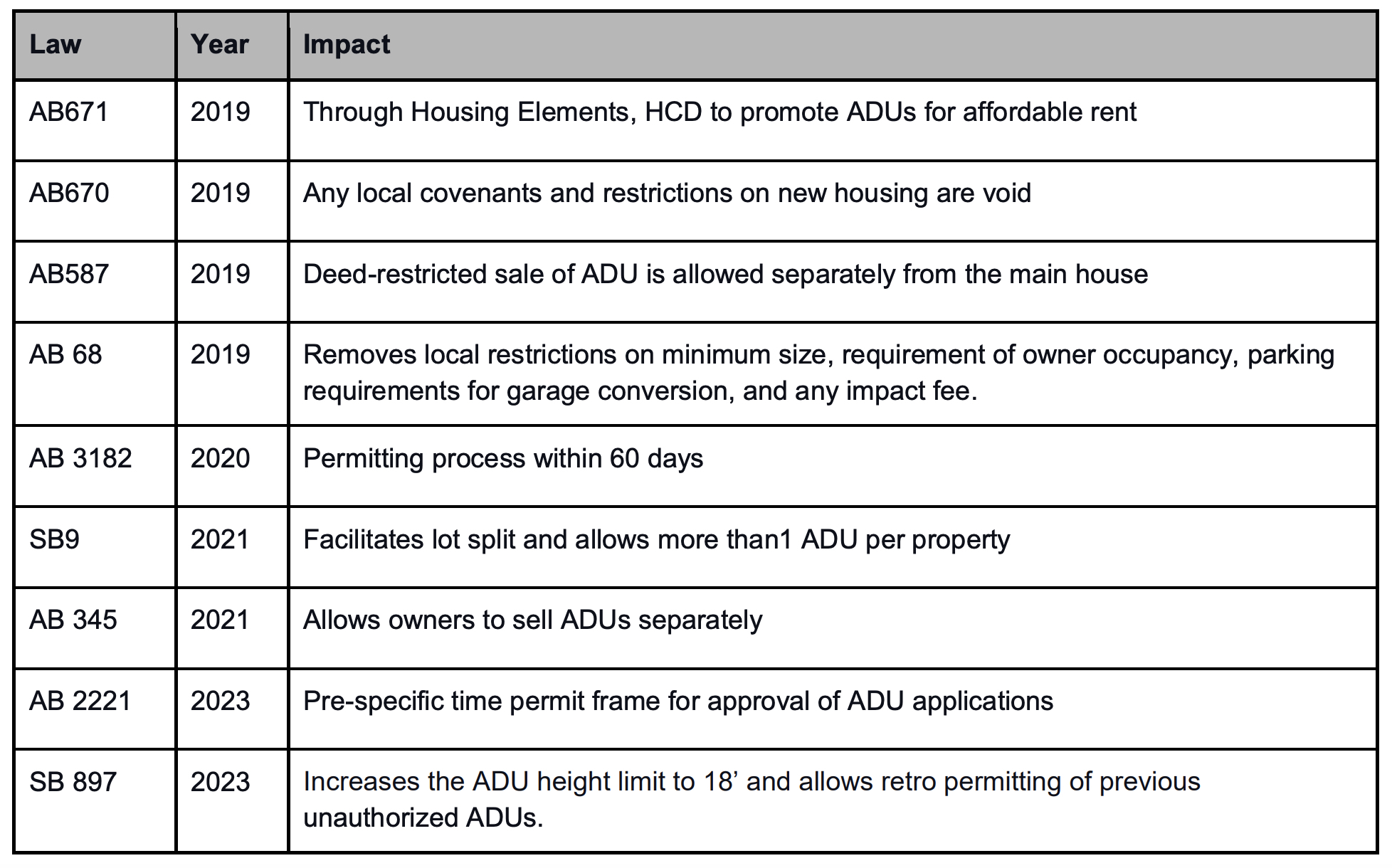


Comments
Registered user
Portola Valley: Central Portola Valley
on Jun 14, 2023 at 2:41 pm
Registered user
on Jun 14, 2023 at 2:41 pm
don't let Steve Drace gaslight you - you should be angry. he's advocating for unjust taking, a violation of your constitutionally protected private property rights (5th amend).
Registered user
Woodside: Mountain Home Road
on Jun 14, 2023 at 8:46 pm
Registered user
on Jun 14, 2023 at 8:46 pm
Read the section titled "Recommendations":
Deed restrictions?
Required independent monitoring?
Verification of how an ADU is used?
This is very frightening and threatening language which is evocative of a totalitarian state. These recommendations are a very short step away from the government assigning people to be housed (billeted) on your private property - with or without your consent.
Registered user
Menlo Park: other
on Jun 15, 2023 at 12:12 am
Registered user
on Jun 15, 2023 at 12:12 am
Who convened a Grand Jury for ADU's on the Peninsula? How does a Grand Jury fit in CA's Housing discussion?
Perhaps no one has noticed that CA has lost over 750,000 residents over the last few years. Offices and retail stores are vacant all over the area! Look at Middlefield Road between Atherton & Palo Alto to see massive opportunity for new housing in the area!
The "Government Planning Model" is a disaster. The residents need to assert a rational solution to problem cased by CA' s bureaucracy and well-intended, but naive housing equity zealots.
Registered user
Menlo Park: Menlo Oaks
on Jun 16, 2023 at 12:56 pm
Registered user
on Jun 16, 2023 at 12:56 pm
We just can't build housing and give it away. The left and Newsom have destroyed this state....
Registered user
Menlo Park: Downtown
on Jun 17, 2023 at 6:39 pm
Registered user
on Jun 17, 2023 at 6:39 pm
What a waste of time and money. You (journalist and the entire grand jury) should have read HCD's guidance regarding ADUs. Sorry, but there are no stated limits as to their use to satisfy the requirements.
from article:
"The most surprising finding to Grand Jury Foreman Steve Drace is that HCD is allowing cities to use ADUs to satisfy low-income housing, yet there is no system in place to monitor if low-income residents are inhabiting those units."
"We think that's a little sketchy," Drace said. "It's within the letter of the law, but it's violating the spirit (of the law)."
The low-income ADU "only exists on paper, that's the issue," said civil grand juror Greg Spector.
So Drace and Spector can have their "opinions", but sadly, they have no real power here. Drace also has no power to enforce the "spirit of the law" whatever that means. Sorry but Grand Juries must follow "legal" written laws, not some interpretation of the "spirit". Spector may want ADUs to be rented to "low income" people, but we still live in a country where you cannot force this to happen.
Sadly, HCD will be back in 8 years with even more "guidelines". For now, they will have to live with the current law, and the lawsuits that will come from people's interpretation of the "spirit" of the law.
Registered user
another community
on Jun 18, 2023 at 1:48 am
Registered user
on Jun 18, 2023 at 1:48 am
As a former Chairman of the Woodside Town Planning Commission, all I can say is High Time. Congratulations to the SM County Grand Jury for investing the time and effort to bring this on-going issue to light. For many, many years the Town of Woodside has been very, very guilty of localized, insular, housing and property elitism, with layers of devious manners that widen the economic divide between the ridiculously rich and the rest of San Mateo County and State of California. Now is the time for serious change.
Registered user
Menlo Park: Allied Arts/Stanford Park
on Jun 18, 2023 at 4:38 am
Registered user
on Jun 18, 2023 at 4:38 am
I suggest a system similar to cap and trade now being used for carbon offsets. It doesn't make sense to put dense multi-family housing in certain areas, like Woodside, Portola Valley, and most of Atherton. It's too far from shopping, schools, and other services. In most cases, these are in rural, and isolated areas of the Peninsula and they are also the most affluent and can afford to pay other Communities to include more housing. I would think they would be willing to pay a premium for this type of policy.
It could be a win-win if more housing is the real goal. If some other social experiment is the plan then that will be exposed.
Registered user
Menlo Park: Belle Haven
on Jun 19, 2023 at 11:07 am
Registered user
on Jun 19, 2023 at 11:07 am
"Deed restrictions?
Required independent monitoring?
Verification of how an ADU is used?"
I think the point is - if a town is going to use ADUs to count towards their affordable housing quota, they need to prove it's being used that way. If someone builds one of these things in their backyard, and doesn't want this sort of monitoring, I don't think they have to.
There is the question of whether this whole concept of forcing every town - regardless of their nature - to increase low-income housing really makes sense. I live in the Belle Haven neighborhood of Menlo Park - and there are places where they could (and are) putting up affordable apartment complexes. I'm fine with that. Forcing Atherton to make this accommodation, hmm, I don't see why you can't just let rich neighborhoods be rich neighborhoods.
Registered user
Woodside: other
on Jun 19, 2023 at 1:20 pm
Registered user
on Jun 19, 2023 at 1:20 pm
California’s Housing and Community Development (HCD) agency is demanding our state build 2.5 million new housing units during the next eight years. That’s more than 300,000 new units a year EVERY YEAR FOR EIGHT STRAIGHT YEARS.
This is a fantasy worthy of Timothy Leary.
Our state builds about 100,000 new single and multi-family units a year. Not only will California not hit this wildly absurd 300,000 goal, but because of our slumping economy, mortgage interest rates (doubled in one year!) and depressed housing market, we aren't even having an "average year." Just take a look at housing sale prices and volume – they are down almost 10% since last year. We aren't going to do HALF of HCD's 2.5 million unit goal.
This isn’t about “affordable” housing. The median price of a home in San Mateo County is now about $2 million. If you could wave a magic wand and cut that by 50% - not that that’s going to happen – are these $1 million prices now suddenly affordable for these targeted workers? And if you focus on our more expensive cities like Atherton, Woodside and Portola Valley where median prices are significantly higher, the affordability issue is even more farfetched. Unless you want multi-story high rise apartments, providing affordable homes isn't possible when a single acre in our priciest cities sell for $5 to $10 million. The math just doesn’t work.
The folks behind these new regulations are DEVELOPERS AND BUILDERS. No one disputes that and it’s not necessarily a bad thing – but don’t fool yourself into thinking these initiatives are going to magically create affordable housing. When a builder proposes replacing a single family home with a ten-unit condo, none of them are going to be “affordable,” at least not to the people who need the most help. These developers just want to flip a property and upzoning it makes that a sure thing. Getting to skirt local housing regulations and bypass those noisy, inconvenient public hearings is just a fun bonus.
Web Link
Registered user
another community
on Jun 19, 2023 at 8:48 pm
Registered user
on Jun 19, 2023 at 8:48 pm
Oh, Alan.
Registered user
Woodside: other
on Jun 21, 2023 at 10:05 am
Registered user
on Jun 21, 2023 at 10:05 am
As with a lot of our state's ill-advised regulations, they can easily be self-certified. We self verify for A LOT of things, including benefits like unemployment (where you certify that you "are actively looking for work...").
A city or town can require that a property owner annually certify that their ADU rent is below market. This could be done on-line easily. It really doesn't matter if the renter is a college student, a senior, a teacher, police officer or even if the renter is related to the property owner. Only the amount of rent that is paid is at issue. You either qualify or you don't.
And, yes, people cheat. That's already going on pretty much everywhere.
Registered user
Portola Valley: Central Portola Valley
on Jun 22, 2023 at 3:04 pm
Registered user
on Jun 22, 2023 at 3:04 pm
This sort of targeted abuse and culture war approach is so disheartening. PV exceeded the mandated housing allocation last cycle by a large amount. Little 9 mile by 9 mile PV with no unincorporated land to build on has greenlighted lots of ADU's, in addition to low and moderate income housing developments managed by local churches, non profits and schools. Some of these are multi-unit developments. But it is clear that there is no winning with the slaves to the developers and attack dogs in public office. One wonders if the answer is to vote out the current government in Sacramento who have consistently failed the California homeless and housing insecure? Really, the only major success in providing housing to the housing insecure in Calif. has been through the large numbers of new build ADU's and now they want to stop the use of ADU's. It feels like Newsom and the Developer's lobbyists don't want the homeless housed? Are they afraid housing the housing insecure might put an end their assault on the middle class lifestyle of private home ownership and the open space environment that slows global warming? Profit at any cost?
Web Link
www.latimes.com/entertainment-arts/story/2021-03-05/backyard-homes-project-adu
Registered user
Hillview Middle School
on Jun 26, 2023 at 9:26 am
Registered user
on Jun 26, 2023 at 9:26 am
"providing affordable homes isn't possible when a single acre in our priciest cities sell for $5 to $10 million. The math just doesn’t work."
Ding ding ding! This is...in a nutshell...a big part of why this state's approach to increasing housing inventory is so misguided. Math doesn't give a 'F' about political ideology.
While we do need more housing and housing costs are a factor in the California exodus (though I'll add we've had these exodus'es before during recessions in general but particularly tech-centric ones; it's just that in this case the influx is not exceeding the exodus), there are less obtrusive ways to achieve this.
Personally, I think some of the existing office building space should be rezoned for housing, as it's clear that the peninsula in particular has more office real estate than is usable for office space.
Registered user
Portola Valley: Portola Valley Ranch
on Jun 27, 2023 at 8:34 pm
Registered user
on Jun 27, 2023 at 8:34 pm
Interesting to note: ADU’s were just praised as a key means of fulfilling housing quotas in Marin…
Registered user
Menlo Park: Fair Oaks
on Jun 28, 2023 at 9:39 am
Registered user
on Jun 28, 2023 at 9:39 am
Why is this reporter devoting two paragraphs to someone from Greenbelt Alliance?
I thought Greenbelt’s focus was climate change.
Registered user
Menlo Park: Fair Oaks
on Jun 28, 2023 at 9:47 am
Registered user
on Jun 28, 2023 at 9:47 am
@Meg. Very well stated and argued.
We have a lot of aggrieved people—typically in their 20s/30s—who expect us to densify our communities in the false hope that home prices and rents will substantially decline, and everyone will be able to live here.
Looking at current new homes prices and new apartment rents, I see zero evidence for this.
Registered user
Menlo Park: Fair Oaks
on Jun 28, 2023 at 9:53 am
Registered user
on Jun 28, 2023 at 9:53 am
@Westbrook: your cap and trade proposal is intriguing and well worth exploring.
Thanks for offering a new, creative approach.
Registered user
Woodside: other
on Jun 28, 2023 at 10:07 am
Registered user
on Jun 28, 2023 at 10:07 am
Westbrook's idea of allowing cities to fund multi-family housing in other more appropriate areas with transportation corridors and larger downtowns is a very good one.
Unfortunately, this idea has already been proposed (right here on The Almanac's Town Square) but has been knocked down by Sacramento officials. Governor Newsom, the Housing and Community Development agency and Attorney General Rob Bonta oppose these ideas citing they are just a way for "rich" towns to pay off their obligations. These officials are on record demanding that new, higher density projects be located within EVERY city, regardless of land costs, economics or the availability of resources like transportation, jobs, or schools.
They are on a mission.
Registered user
Atherton: other
on Jun 28, 2023 at 10:16 am
Registered user
on Jun 28, 2023 at 10:16 am
Pogo:
You are ABSOLUTELY correct! It is the 2nd French Revolution all over again. Newsome, Wiener and the massive Sacramento establishment will not be happy until that have created "equity for all" by Zip code! And then when they see the results, they will have to go even further.
Californians must wake up and bring back sanity before it is too late!!